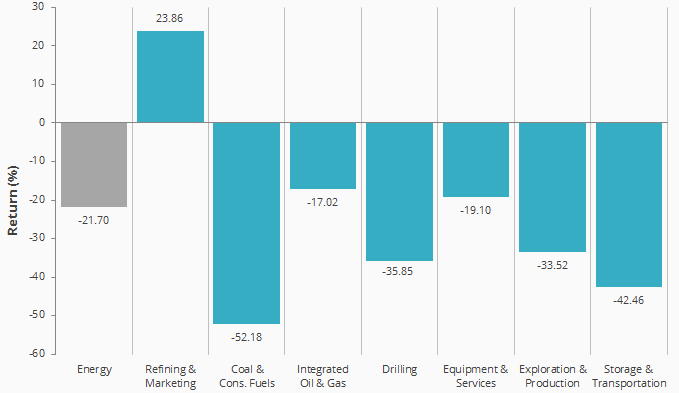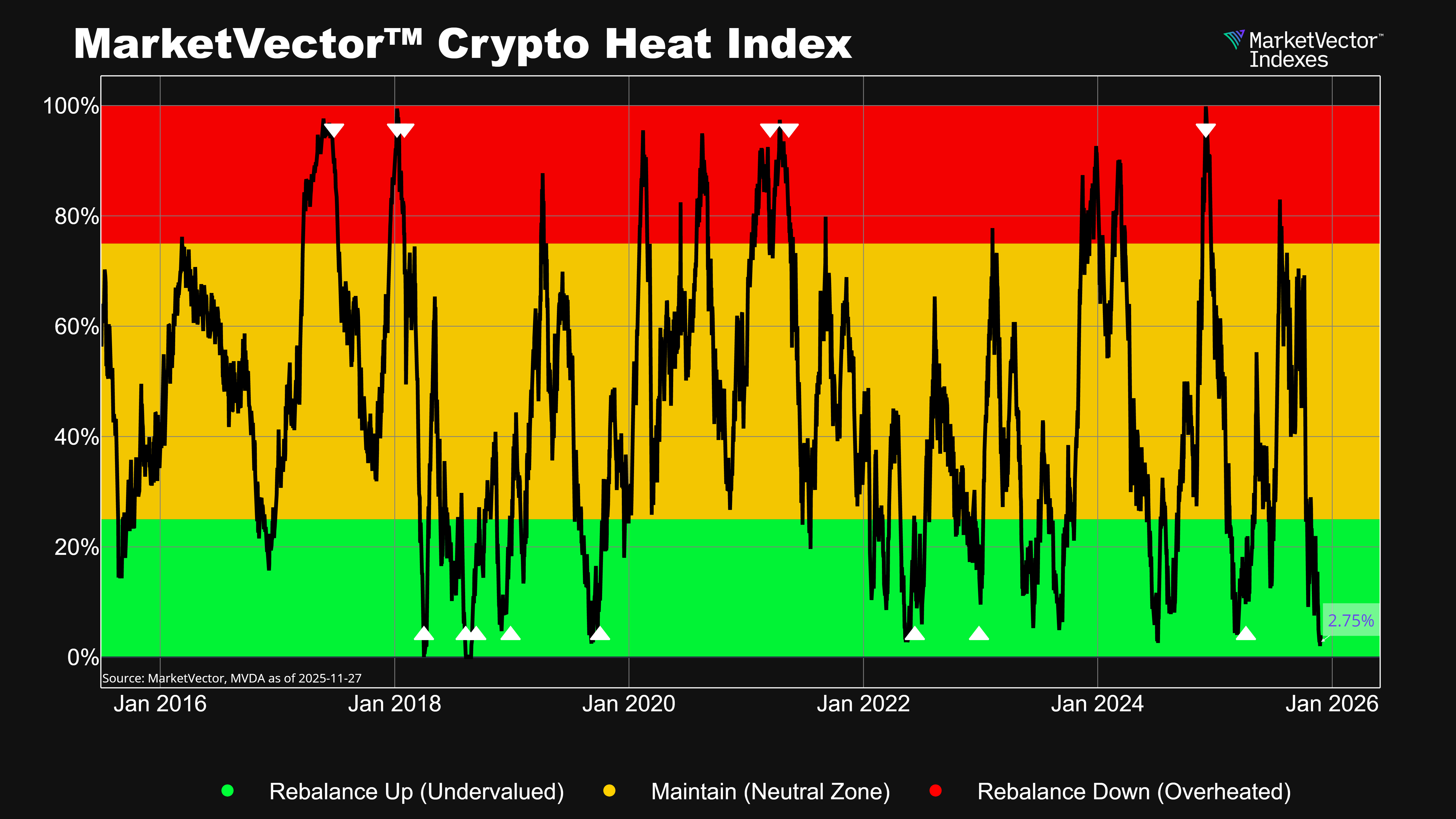In the third week in January, wholesale gasoline prices in the U.S. touched just USD 1 a gallon. And futures hit their lowest price (USD 1.0005) for seven years. But signs are that prices may now start to rise – depending, of course, on what crude does.
Refineries produce two different grades of gasoline in the U.S. – winter and summer. Winter grade fuel evaporates at low temperatures, so that engines can run when they are cold, and it is cold outside. Summer grade gasoline needs not to evaporate excessively when temperatures outside rise. Winter-blend fuel is cheaper to produce than summer blend. The forthcoming switch will, of course, be from winter to summer. In addition, as the days lengthen and the weather gets warmer, seasonal gasoline demand will also rise.
With production at record levels of nearly 10 million barrels per day, refiners and blenders have profited from cheap feedstock. Indeed, of the energy sub-sectors over the last year, the only one to record positive performance has been oil and gas refining and marketing.
Refiners will be hoping that, despite any rise, demand remains robust.
Energy Sub-Sector Returns – One Year

Source: FactSet
Get the latest news & insights from MarketVector
Get the newsletterRelated:




